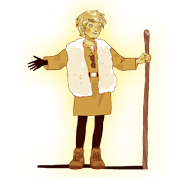
 usine à plâtre
usine à plâtre
More informationVillage of EygliersFrom the beginning of the century until 1932 a plaster factory existed at the foot of the Mont-Daupin outcrop near the chapel of St. Guillaume. The plaster was made from gypsum collected at Réotier. Plaster and whitewash, widely used by masons at the time, were produced in the kilns here.

